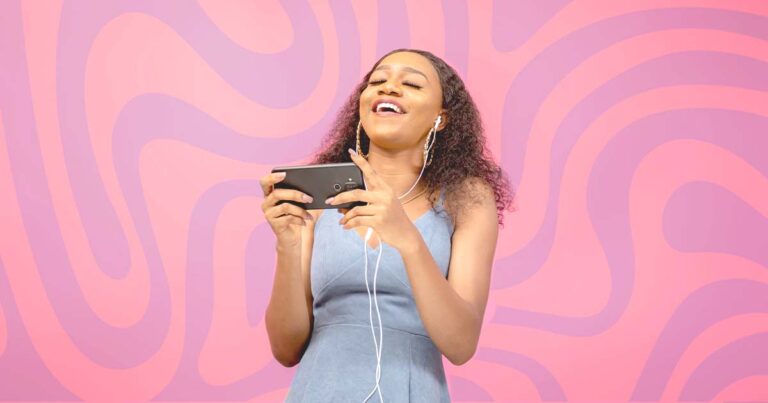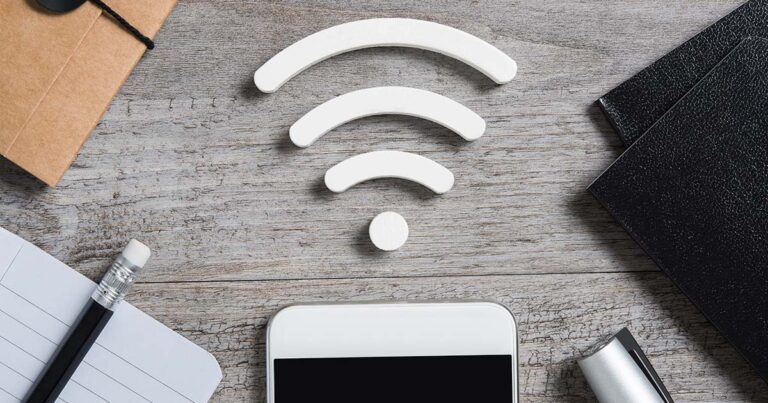Mobile speeds can vary widely depending on your choice of provider, your choice of smartphone and also the environmental and network conditions at the time. Unless you happen to own Telstra, Optus or Vodafone (you don’t), or can suddenly move mountains (unlikely) you can’t change the environment or make big network changes. You can change up your phone too, and that can have an effect, especially if you’re still powering along with an older handset – but again this can be variable.
What speed mobile plan do you need?

Network speeds
What about network plan speeds, though? This again has a few variables to be aware of when choosing your plan, though for the vast majority of mobile plans you’re not often “capped” within your standard data quota.
Most plans offer up a “best use case” kind of speed offer, with the limitations more likely around network conditions and to a lesser extent your phone’s actual capabilities. We’ve tested out the differences you can see from 4G or 5G devices here if you’re after the hardware side of the story, but then there are the plans and offers that provide specific speed caps to consider. What can you do with those?
To answer that, it’s best to know what kinds of speeds you typically need for regular phone activities. These are always somewhat qualified, because the nature of the Internet and mobile connections means that even a fast connection might struggle to work on a service that’s overloaded by other factors.
Speeds for basic mobile needs
At the absolute entry level of mobile phone data speeds are sending SMS messages. If you’re just sending a simple text SMS, the data needs are truly miniscule, which is why most plans include unlimited standard SMS (and often more data-hungry MMS) within Australia as standard. Bear in mind though that if you’re using a more rich messaging client such as Apple’s iMessage with its included animations and frills, the data throughput does rise… though not by as much as you might expect.
If your phone activities revolve around sending and receiving emails, then you can get by on quite meagre network connections, especially as the mobile clients on most smartphones do a lot of work to save data on downloaded messages – though this is less true if you’re using your phone as a hotspot to get emails on your laptop, or if you’re often send messages with large attachments. Here even speeds of 1-2Mbps are typically acceptable, though as always more speed will mean a faster response whether you’re sending or receiving.
Speeds for advanced mobile needs
If you’re the more practical type considering your needs around video conferencing from your smartphone or SIM-ready tablet or laptop, again faster is better, but bear in mind that you’re also ideally going to need to have best possible upload speeds for your own chats. Here you’re somewhat stymied, as no providers really make upload-specific plans available to consumers.
As a rough guideline, for example, Zoom advises that you can get by with as little as 600kbps up/down for a 1:1 video call in standard definition, though that bounces up to as much as 3Mbps up/down for group chats at 1080p resolution. More is definitely better here, because I think we’ve all been on work conference calls where the connection was better than that and the Zoom call quality was more than sketchy, right?
What if your mobile needs revolve around your insatiable lust for streaming video services? Again you can get by with surprisingly low speeds if you can stand SD video. Using Netflix as an example, standard definition streams can be yours in a stable fashion (in theory) at as low as 1.5Mbps, though practical experience suggests that’s still likely to buffer heavily. If you’re after 720p quality, you need at least 3Mbps down, while 1080p needs a stable 5Mbps connection or better. 4K requires 15Mbps or better according to Netflix, though that’s not really an issue for most mobile phones – but it could be if you were sharing out to a laptop with a 4K screen or even pairing up to a smart TV through your mobile SIM plan or fixed mobile wireless plan.
If your mobile life revolves more around gaming, then you’re probably already aware that more speed is better. Here it does very much depend not only on your game of choice, but also its platform. Mobile-designed games often take into consideration the variable speeds of mobile users, especially in multiplayer environments, but that’s not so much true if you’re using a mobile phone or hotspot to serve a game designed for consoles or PCs. Here too you’re more likely to encounter issues with lag variability, especially if you’re on a 4G connection rather than 5G.
If you’re looking at a mobile plan because you’re going to drop it in a mobile hotspot to share amongst many users, your combined needs naturally go up considerably. Check out our broader guide to Internet speed requirements for a better feel for what you’d need in that case here.
How does hotspotting work?

You can’t watch it all, so we watch it for you.
By signing up, you agree to our Terms of Use and Privacy Policy.
Related Articles






